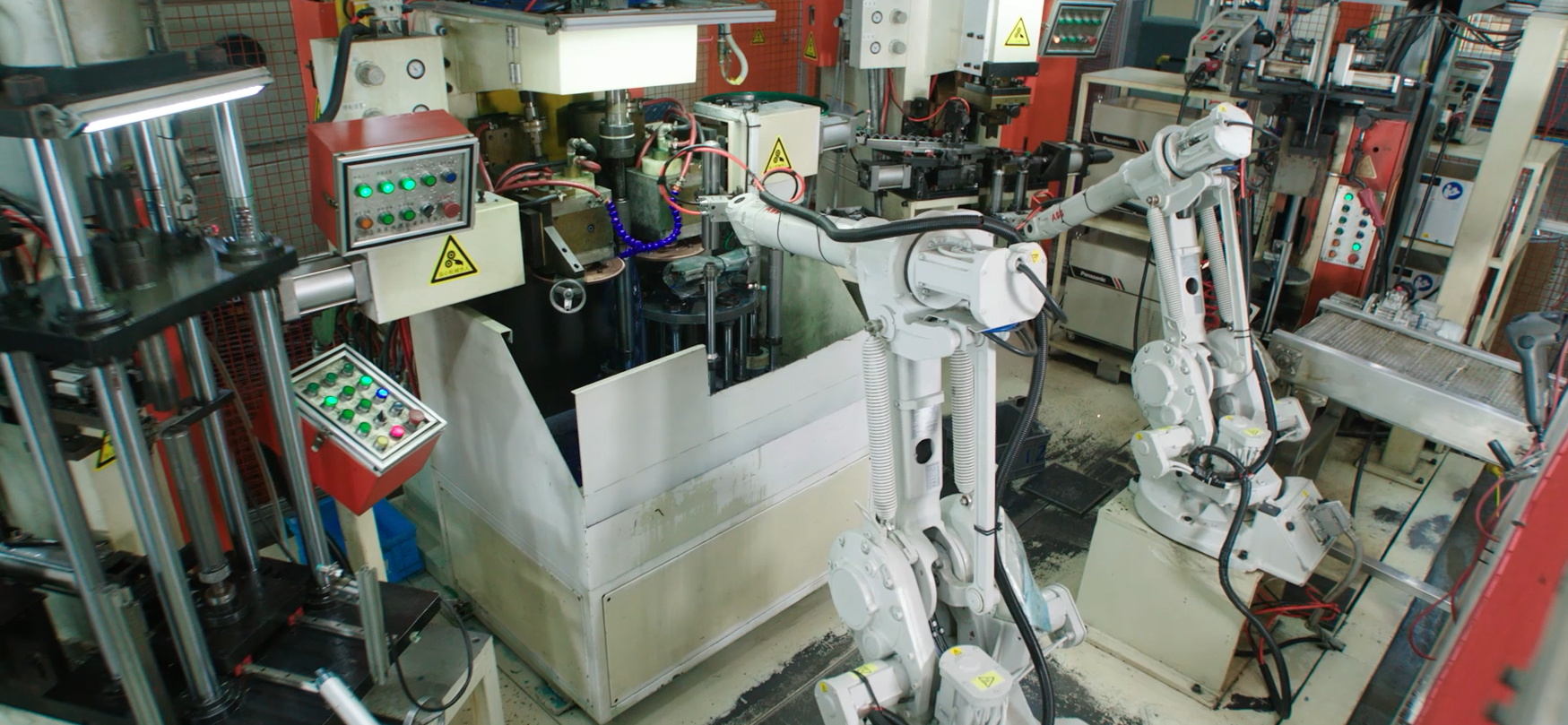In the ever-changing automotive sector, gaining a competitive edge and keeping customers happy requires optimizing the supply chain for producing auto parts. This blog explains the auto parts production challenges that need to improve efficiency, cost, and product quality. With good supply chain practices, manufacturers can maintain agility in responding to market demands while minimizing waste and using resources efficiently.
Overview of the Auto Parts Supply Chain
The auto parts supply chain starts from acquiring raw materials and ends with delivering the product to the consumer. This includes a network of suppliers, manufacturers, distributors, and retail and automotive spare part shops. All parts of the chain add value to the product flow. Gaining knowledge of the auto parts supply chain is the foundational step towards optimization. Other critical factors include balance of supply and demand cycles, order cycles, stock and supplies management, warehousing, and distributor relations.
Key Actions for Improvement
To address the challenges in the auto parts production supply chain, these actions are crucial for manufacturers:
Lean Manufacturing: This strategy helps businesses to eliminate waste while improving productivity. With the help of this approach, manufacturers are able to preserve processes while reducing surplus stock, therefore improving speed and paving the way to cost savings.
2. Just-in-Time (JIT) Inventory: With a JIT system, a manufacturer gets components just in time for their work, thus improving cash flow. JIT systems ensure optimal stock is kept, holding costs are reduced, waste is minimized, and the risk of overstocking is eliminated.
3. Supplier Collaboration: Focusing on strong supplier collaboration improves responsiveness in the supply chain. There are many benefits that arise from collaborative forecasting and planning, from improved communication and alignment to more effective manufacturer-supplier relations, better inventory control, and reduced lead times.
The Importance of Technology in the Supply Chain
Technology is critical in the optimization of the auto parts production supply chain. With the help of modern software solutions like ERP and SCM systems, real-time data and analytics become available. These allow a manufacturer to better control inventory, production schedules, and market trends. Furthermore, automation, including robotics, improves production, thus minimizing labor costs and increasing output.
Sustainable Practices in the Supply Chain
Sustainability is a key consideration for manufacturers in the auto parts industry. Eco-friendly products are a necessity to meet the expectations of modern consumers. This means companies have to practice sustainable measures in their entire supply chain. Everything from sourcing materials to emission cuts during production and recycling is included. Sustainability is not only what consumers look for; it helps manufactures save money and improve their reputation.
Future Developments in Auto Parts Supply Chain Management
In the future, a couple of new developments are bound to arise in the auto parts supply chain. For example, the growing popularity of electric vehicles (EVs) is compelling manufacturers to rethink their entire supply chain to accommodate new technologies and parts. Demand for electric vehicles is also likely to surge due to advancements in AI and machine learning, leading to improved demand forecasting and better inventory management. Globalization is still a growing influence, and manufacturers need to be ready for the new challenges of international supply chains.
To summarize, improving the auto parts production supply chain is crucial for any manufacturer wishing to increase operational efficiency, cut down on costs, or satisfy customer needs. Striving for competitiveness in the market requires focus on efficient strategy implementation, technology, and sustainability. The acutely focused attention on new industry developments will always ensure a sustained competitive advantage.

